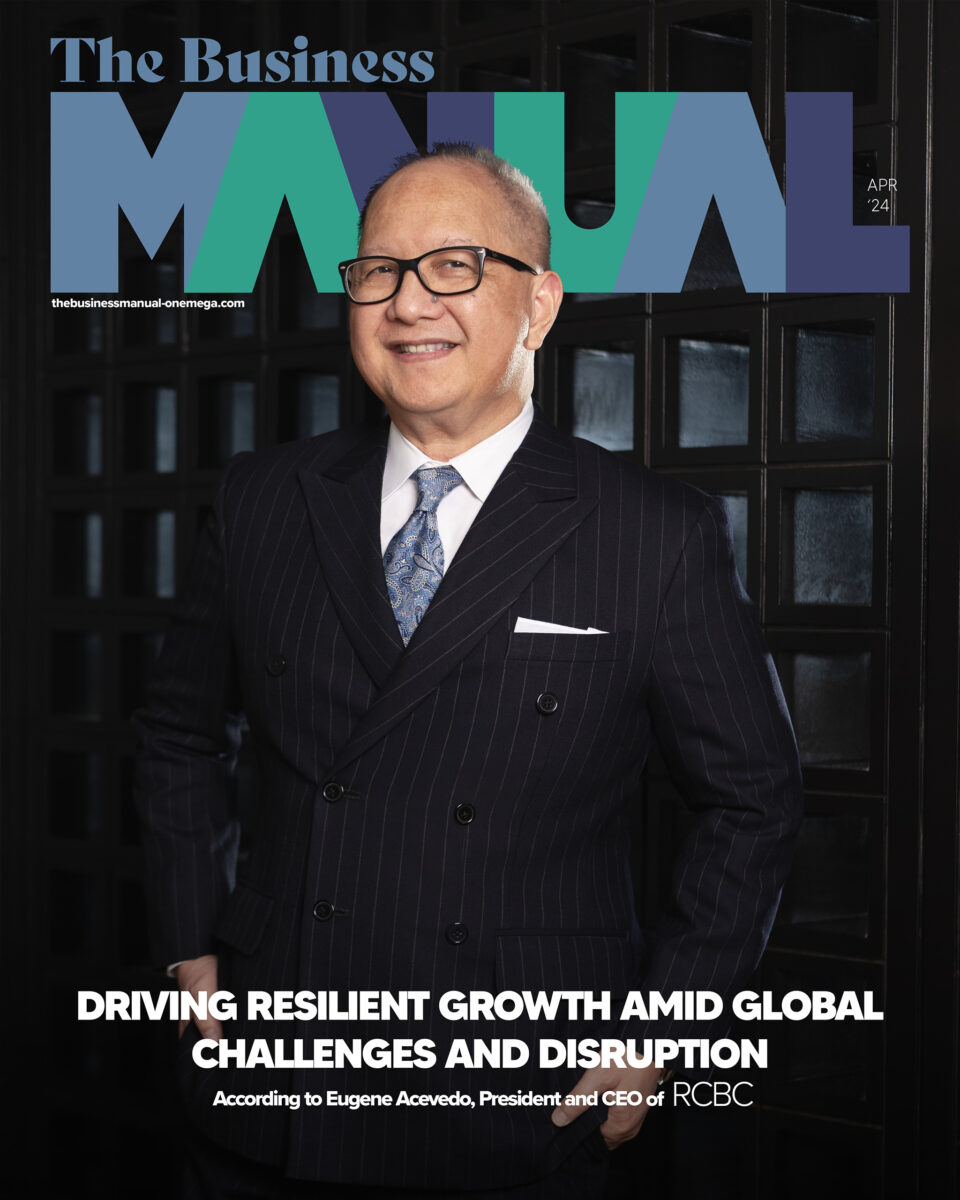Influencer Marketing 101: Does Your Company Need Micro Influencers?

Are smaller, cheaper, more authentic micro influencers the key to your influencer marketing strategy?
Did you know that 60% of brands in the Philippines allocate up to 50% of their budget to influencer marketing? In the report Asia Pacific Insights: Influencer Marketing Report 2023 by Partipost and MSW Ventures, it’s clear that influencer marketing is a key part of the modern marketing mix. The researchers expect influencer marketing to grow past the USD19 billion mark in 2023 and hit USD30 billion by 2027.
Influencer marketing, however, is not as simple as contacting influencers with a large following to work with. Like any form of marketing, it takes the right strategy, planning, and research before implementation can take place.
When it comes to influencer marketing, it is important to understand what influencer tiers are. Influencer tiers classify influencers according to the size of their following on social media. However, a larger following isn’t always better. An example of an influencer tier and one that many brands choose to work with are the micro influencers.
What Are Micro Influencers?
The number of followers that define a micro influencer change depending on who you ask. Sprout Social and Shopify both say that micro influencers have 10,000 to 100,000 followers. Hootsuite, on the other hand, says micro influencers have 10,000 to 50,000 followers.
Micro influencers clearly have fewer followers than mega or celebrity influencers who often have followers in the millions. However, micro influencers have more followers than nano influencers, who have only 1,000 to 10,000 followers.
Why Should You Work with Micro Influencers?
While micro influencers do not have the reach that mega or celebrity influencers do, there are clear advantages to working with them.
First is the cost. As they do not have a very wide reach, micro influencers tend to charge less than the influencers with a larger following. Sprout Social notes that despite the lower cost, “micro influencers can also help your business reach a wider audience at a much more affordable price point.”
Sprout Social likewise notes that the lower costs give brands the option to work with more than one influencer for their campaign.
Second, micro influencers typically engage with a niche audience that has a high engagement rate. This makes them ideal for brands that are targeting a specific niche as their followers usually have a common interest or passion.
Since they cater to a niche audience, their posts reach a higher percentage of their followers. And those who see the content of micro influencers are more likely to engage with them.
Finally, Hootsuite says that micro influencers feel more authentic to the audience.
“Often, they’ve built a loyal following on a specific topic,” says Hootsuite. “Because of that, they can offer genuine insights and opportunities to connect with their audience on a more personal level.”
What Should You Keep in Mind Before Working with Influencers?
Whether you choose to work with micro influencers or other influencer tiers, there are things you should keep in mind first.
To start with, it is important to identify what you hope to achieve with this particular strategy. Is it to boost engagement? Is it to create brand awareness? Or is it to generate sales? Keeping clear goals and objectives will guide you as you go about planning and executing your strategy.
You should likewise identify your target audience for your marketing campaign. This will help you figure out what type of influencers to approach. An influencer’s content should appeal to your target audience and align with your brand values.
Lastly, exercise due diligence by researching an influencer’s content. Check if the brand of the influencer is relevant to yours and to your target audience. Make sure to check and analyze their content and engagement as well.
Key Takeaways
Micro influencers are a great option for those who want to save on costs but want to reach a niche audience with high engagement. This is particularly useful for brands who want to target an audience with a common interest or passion.
As always, it is important to do careful planning and research prior to reaching out to these influencers. Like any other marketing strategy, working with micro influencers can go wrong if a brand is not clear with its goals, objectives, and execution.




